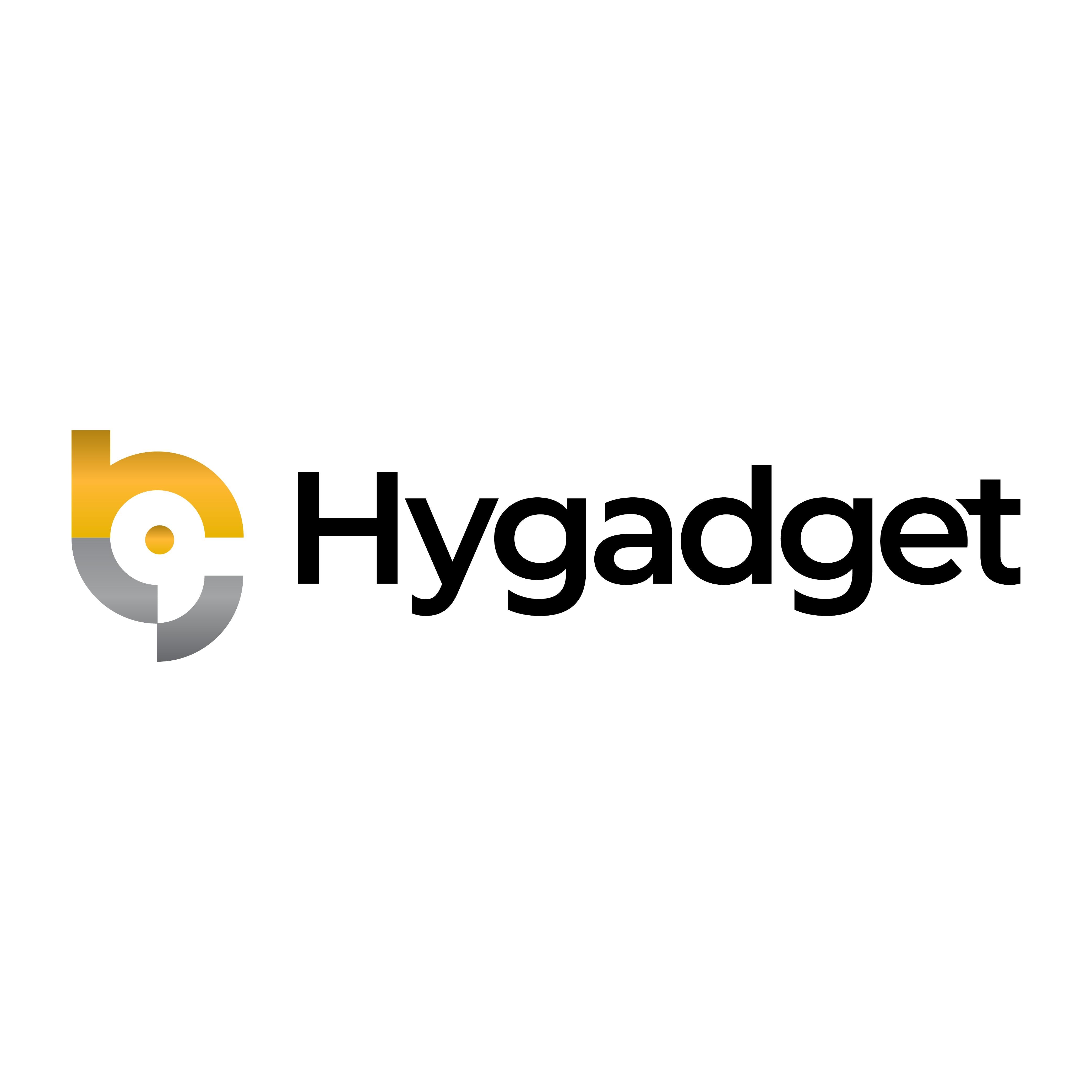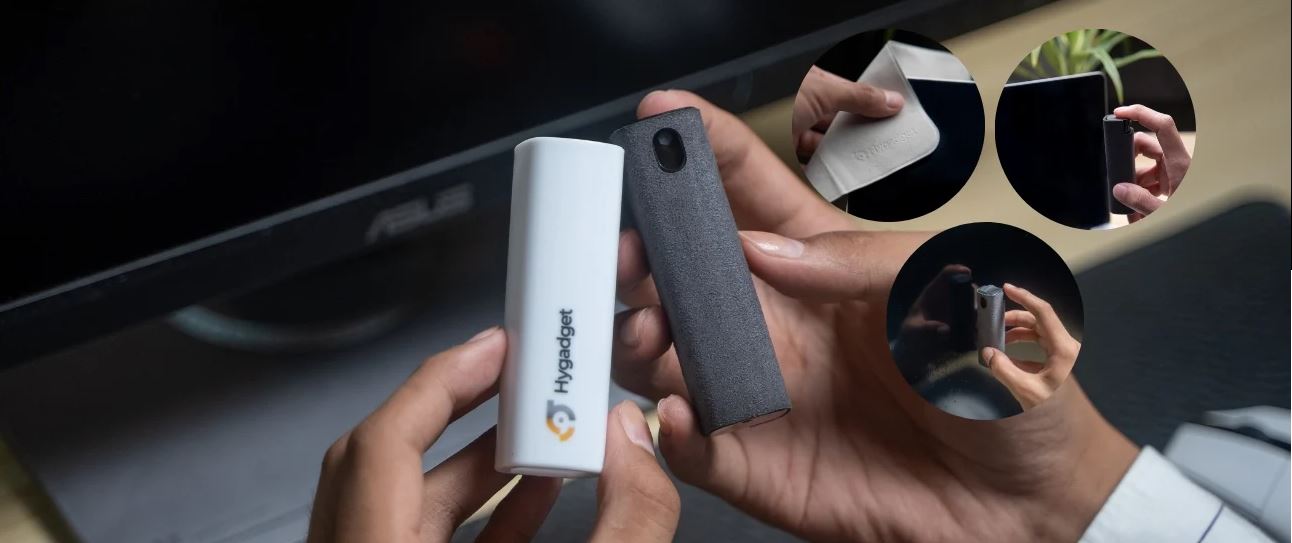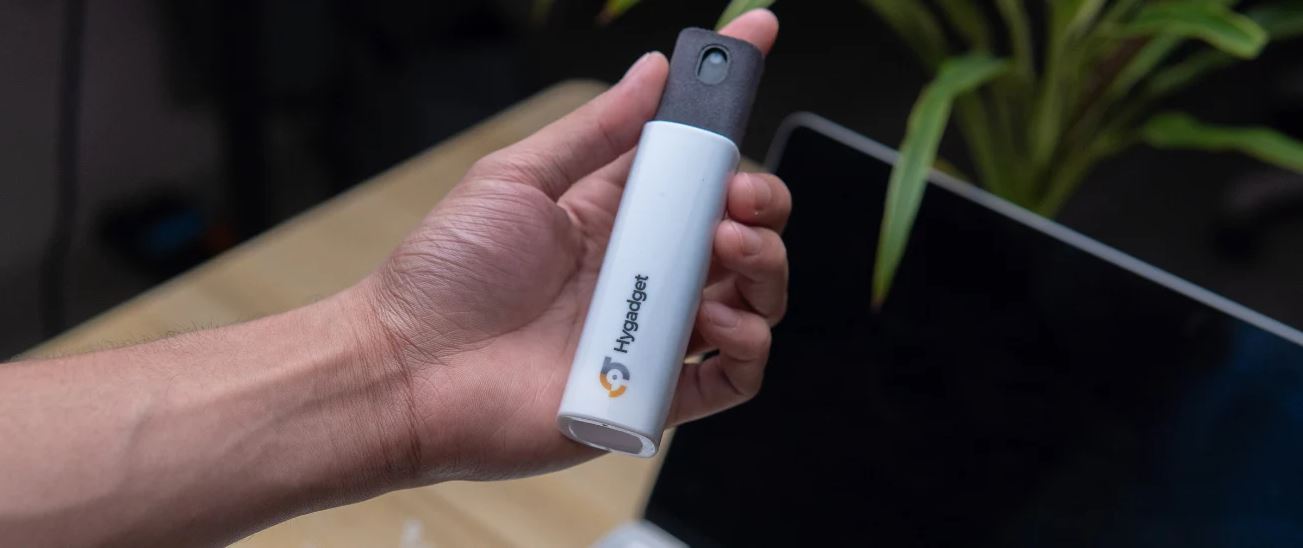When we’re maintaining our electronic devices from smartphones, and computers to televisions, keeping our display screens clean becomes a routine. However, while the main focus is achieving streak-free clarity, the safety of the person doing the cleaning is just as crucial. Cleaning screens is not without its hazards, from harsh chemicals to potential physical injuries as a result of improper handling of cleaning equipment, we want to make sure we’re putting our safety first.
In this guide, we’ll go into essential safety precautions everyone should learn and follow when cleaning their electronic displays. Such guidelines include selecting the appropriate protective gear, handling cleaning chemicals safely, and emergency procedures in any case of unexpected accidents.
Personal Protective Equipment (PPE)
When engaging in screen cleaning, the first line of defense is selecting and using the right protective gear to shield yourself from potential hazards. This is important, as even seemingly harmless cleaning agents can pose risks if they come into contact with your skin or eyes. Here is what you need to consider to stay safe:
Gloves
Always wear gloves when you’re cleaning your screens. Gloves are made of materials like nitrile or latex and provide a protective barrier against chemical irritants found in many cleaning solutions. Wearing gloves will reduce the risk of irritation or allergic reactions.
Protective Eyewear
Most screen cleaners these days involve sprays or solutions that can accidentally splash. Therefore eyewear protection like goggles will ensure that your eyes are shielded from any harmful substances. This is crucial because when you’re using alcohol-based cleaners or those containing ammonia, any contact with the eye from these chemicals can cause severe eye irritation. If you’re ever looking for a non-alcohol or ammonia-free product you can try the Hyscreen Kit which is chemically gentle and effective.
Protective Clothing
Depending on the extent of cleaning and also the type of chemicals used, consider wearing protective clothing as well. An apron or a lab coat can prevent cleaning solutions from coming into contact with your clothes and subsequently come in contact with your skin.
Respiratory Protection
In the case, you might be working in a poorly ventilated area or using particularly strong chemicals opt-in for a mask or a respirator which may be necessary to avoid inhaling fumes. This is particularly important for individuals with respiratory conditions or sensitivities.
Safe Handling and Application Techniques
1. Reading and Understanding Labels
Before you use any screen cleaning product, thoroughly read and understand the product’s label. Labels contain crucial information about the chemical’s ingredients, potential hazards, and first aid instructions in case of accidental exposure. This knowledge is vital when you’re handling the product safely
2. Using the Right Amount
It’s crucial that you use the correct amount of cleaning solutions. This is because overusing chemicals can increase the risks of spills, skin exposure, and fumes. It’s better to apply a small amount to a microfiber cloth rather than putting it directly onto the screen to minimize these risks.
3. Storage Safety
Store all the chemical cleaners in a secure, upright position and ensure the cap or lid is tightly sealed to avoid any leaks. Also keep them in a cool, dry place out of reach of children and pets. Proper storage prevents accidental ingestions from your younglings and self-exposure, maintaining a safe environment.
4. Avoiding Mixing Chemicals
You’d want to avoid the risk of mixing different screen cleaners as well, why? Because chemicals can lead to dangerous reactions and potentially release harmful gases or create highly corrosive substances. Always use cleaners as intended and according to the manufacturer’s guidelines. For information on safer chemical ingredients, refer to the EPA's Safer Choice Program to further minimize this risk.
5. Immediate Clean-up of Spills
If a spill ever occurs, clean it up immediately using the right protective gear discussed earlier. Neutralize any acids or alkalis if necessary and ensure the area is well-ventilated to reduce any harmful fumes
6. Hand Washing
After handling screen cleaning chemicals, even if gloves were worn during the process you still want to wash your hands thoroughly with soap and water. This removes any residues that might have snuck into contact with your skin. For more detailed guidance on handling chemical exposures, refer to the Mayo Clinic's first aid recommendations for chemical burns.
Emergency Procedures
Chemical Exposure to Eyes
If chemicals splash into the eyes, immediately flush your eyes with clean, lukewarm water. In the case you’re at home when this happens hold your eyelids open under a gentle stream of water for at least 15 minutes. Avoid touching or rubbing the eyes as this can worsen the condition. After flushing, if it doesn’t seem to be getting better or you see that the condition has worsened, seek medical professional help.
Ingestion of Chemicals
If the screen cleaning chemical is accidentally ingested, don’t induce vomiting. Rinse the mouth with water and after have small sips of water to drink. Refer to the product’s label for specific first aid instructions and contact poison control or emergency medical services for further guidance on what to do next.
Emergency Contact Information
Keep a list of emergency contacts close by and have them easily accessible, including local emergency services, poison control, and a nearby hospital. You’ll want to inform those in the same household as you about these contacts.







